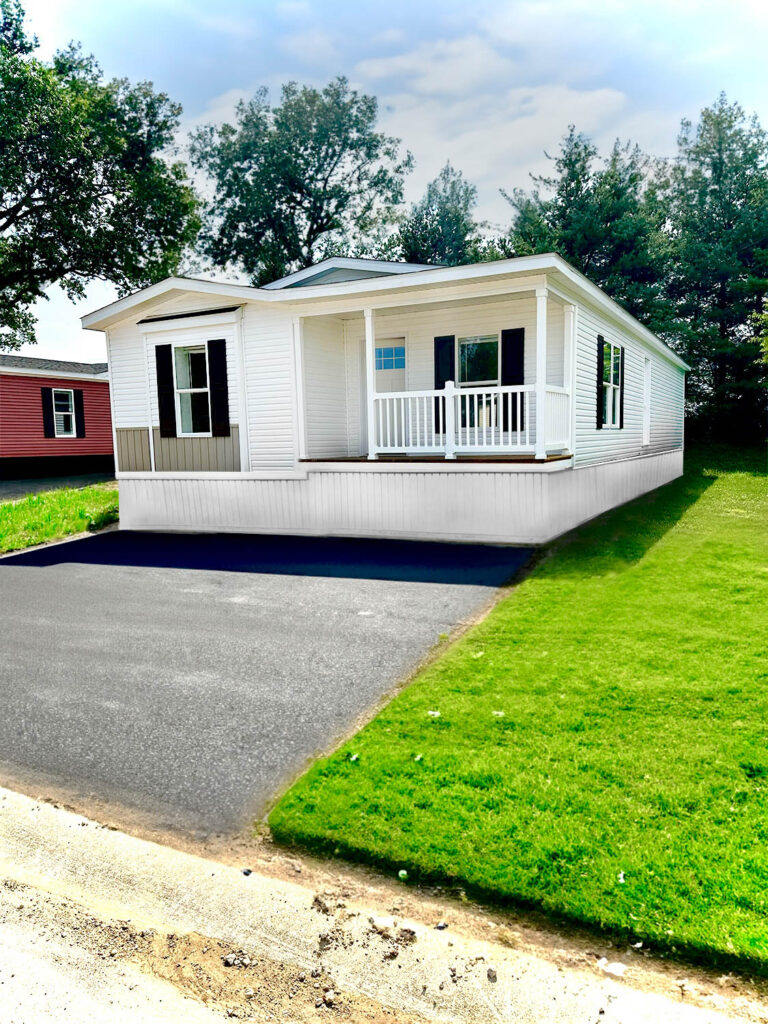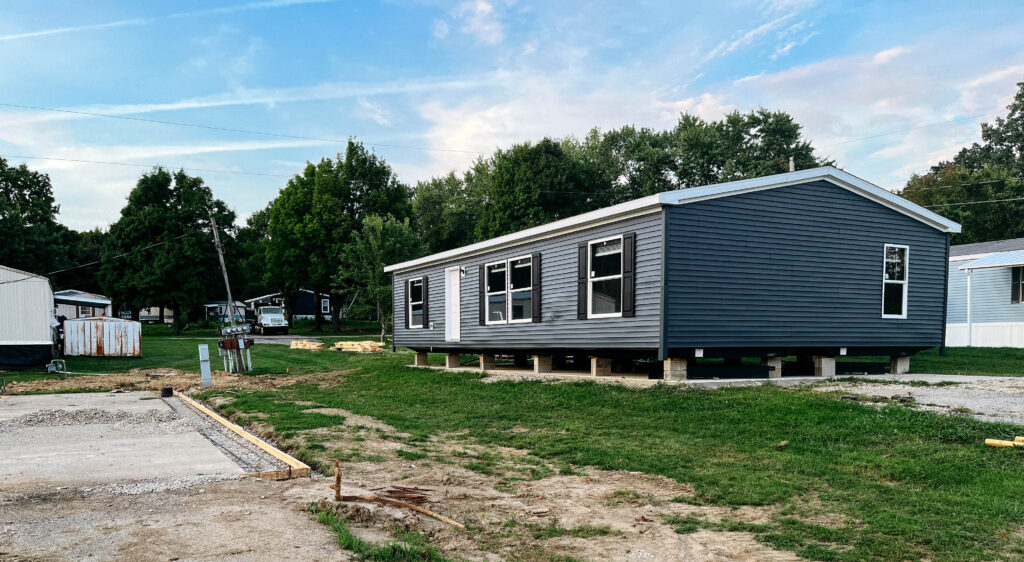Strategy Benefits:
1. Accelerated Capital Recycling
Our projects are typically structured to return up to 80% of principal capital within 36 months of investment through strategic capital events. This reduces holding risk and enhances capital efficiency.
2. Reduced Development Risk & Compressed Timelines
We focus on horizontal infrastructure development only, avoiding budget overruns and delays associated with vertical construction. This streamlined approach results in faster delivery, lower cost volatility, and more predictable outcomes.
3. Product-Market Fit
Over 60% of Americans are priced out of traditional homeownership. Our investments directly address this affordability gap, offering attainable ownership opportunities.
4. Resilient Demand Across Market Cycles
Affordable housing demand is insulated from economic downturns. Manufactured housing has historically demonstrated stable occupancy and income performance, even during broader real estate contractions.
5. Long-Term Resident Retention
Manufactured housing communities benefit from highly “sticky” tenant bases. The cost and complexity of relocating a home leads to significantly longer tenures, supporting consistent cash flow, providing highly visible revenue streams, and reducing turnover-related expenses.
6. Lean Operating Model
With our fund primarily focused on owning the land underneath resident-owned homes, operating expenses remain structurally low. Maintenance responsibilities are minimal compared to traditional multifamily assets, enabling stable margins and limited capex exposure.
7. Regulatory & Financing Tailwinds
Zoning reform, infill incentives, and growing municipal support have improved development feasibility. In parallel, GSEs like Fannie Mae and Freddie Mac are expanding financing options including chattel loan adoption, further improving liquidity and institutional acceptance of the asset class.”

